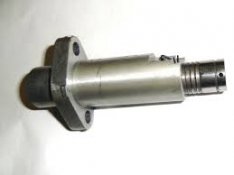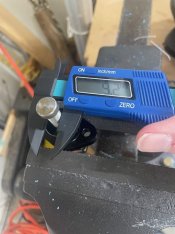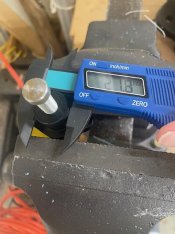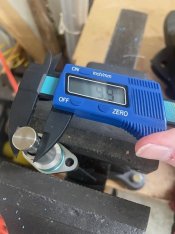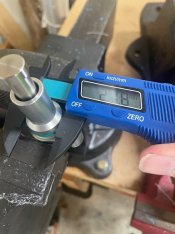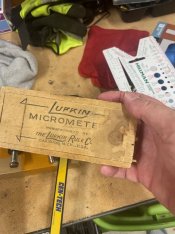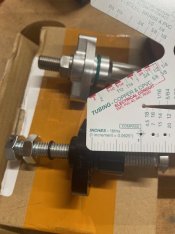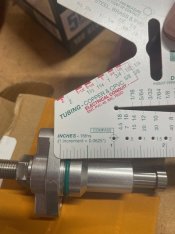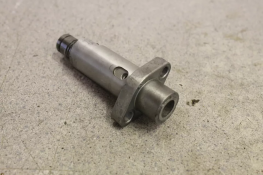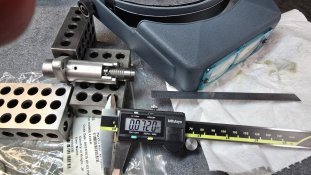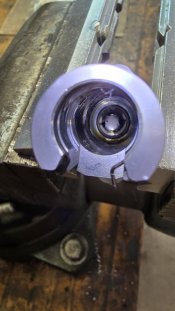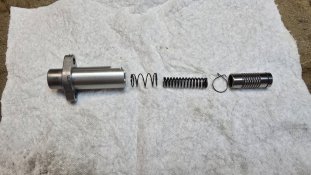Hey guys/girls, I intend on installing a manual cam chain tensioner on my 08 Concours 14 (28k miles) for the usual reasons and, because nothing ever goes like I want it to, I ended up with two of them. One is APE and the other is not. So, I made a video comparing the two and thought it might be of interest to others. Of course, it's just my opinion and you'll need to draw your own conclusions (in other words, while I'd like to, I can't take responsibility for any mechanical mishaps on your bike  ). I think this is my first post on this forum so I'm not sure if I can upload the video or if I have to leave a link to the video which I just posted on YouTube. So, bear with me please. Bare with me? I never remember which word to use. I can't attach the file just yet so, here's the YouTube link:
). I think this is my first post on this forum so I'm not sure if I can upload the video or if I have to leave a link to the video which I just posted on YouTube. So, bear with me please. Bare with me? I never remember which word to use. I can't attach the file just yet so, here's the YouTube link:
Oh, and I only just now realized I should have video'd it in landscape, not portrait. Sorry!
Steve
Here's a link to the part: https://www.ebay.com/itm/275678718161
Oh, and I only just now realized I should have video'd it in landscape, not portrait. Sorry!
Steve
Here's a link to the part: https://www.ebay.com/itm/275678718161
Last edited:


